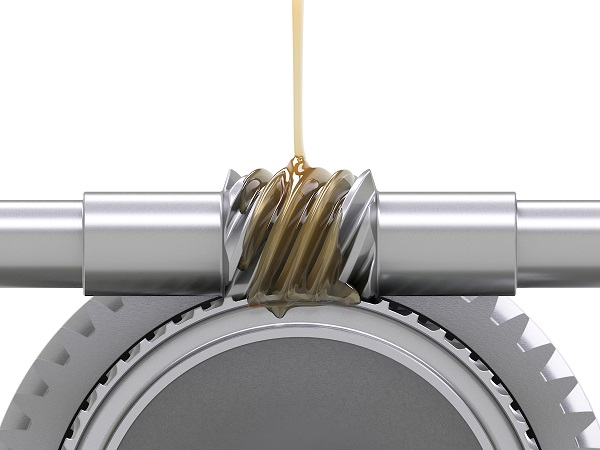Basic Fluid Lubrication and Protection Fundamentals Different methods of lubrication protect machines from wear. _by David Hilgendorf The primary function of fluid lubrication is to provide a durable film that protects moving parts by reducing friction and wear between surfaces; however, the level of protection provided is enabled by different methods of lubrication: The reduction […]
You are browsing archives for
Tag: boundary lubrication
Engine start-stop technology – Major Wea
Engine start-stop technology can increase bearing wear Use only the best quality oil in these engines as the crankshaft needs to float. Even the “so called synthetics” don’t dampen the metal to metal issues mentioned below nearly as well as AMSOIL and you can tell due to the reduction in vibration or more consistent oil […]
Low-viscosity doesn’t mean low quality
Low-viscosity doesn’t mean low quality As motor oil viscosity continues to decrease, base oil and additive quality become more important. Michael Meuli | VICE PRESIDENT, TECHNICAL DEVELOPMENT Despite uncertainty surrounding future CAFÉ standards, fuel economy remains the biggest driver of innovation in the auto industry. One strategy for increasing fuel economy involves reducing energy lost […]


